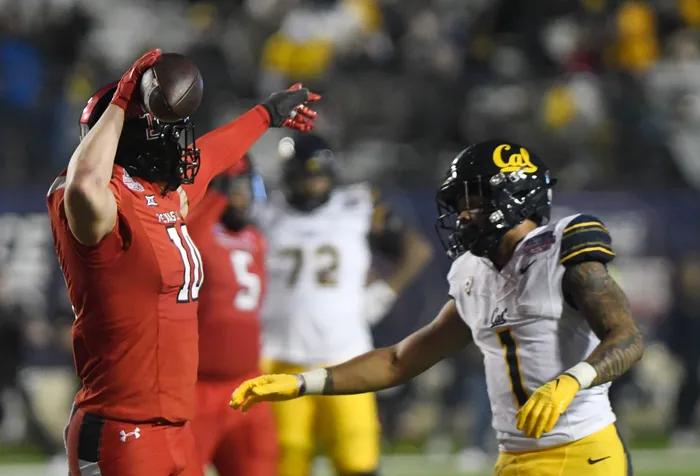•
Written By
Written By
•
•
•
Loading article...
Written By
Written By
Written By
Omar-Rashon Borja
Senior Writer, Editor, Historian
Written By
Omar-Rashon Borja
Senior Writer, Editor, Historian

The Independence Bowl starting at 9:15 Eastern Time and 8:15 local time made sense considering the Independence Bowl would host a PAC-12 school this year. An innovative approach was necessary, considering the bowl's decline in recent years. However, the ratings may indicate the experiment was a failure.
Sports Media Watch released the TV ratings for the weekend of December 15th and December 16th yesterday. The results were forgettable for the Independence Bowl. The Shreveport bowl game drew the second-lowest ratings of any bowl game that day. The Myrtle Beach Bowl between Ohio and Georgia Southern and the New Orleans Bowl featuring Louisiana and Jacksonville State both had higher viewership than the Independence Bowl.
The 1.03 million viewers was less than half of the viewership of last year's edition. 2022's matchup between Houston and Louisiana reached 2.41 million viewers.
A 9:15 PM start is not ideal for fans on the east coast. Without marquee programs from the Big 12 and Pac-12, it was hard to get fans to care enough to stay awake for the whole game. The game ended at 12:52 AM ET. Additionally, a second half that featured just ten points and Texas Tech holding a 17-point lead entering the fourth quarter pushed fans away.
Next year's game was supposed to feature Army playing a PAC-12 school. However, conference realignment will change that. Army's tie-in will likely go to the AAC, and the PAC-12's tie-in will go to the Sun Belt, which has a backup tie-in with the bowl game. The AAC and Sun Belt have no programs west of Texas, making a 9:15 ET start suboptimal for both leagues.
The #IndependenceBowlAfterDark experiment was an admirable attempt to garner attention for the Shreveport bowl game. Unfortunately, a non-competitive game and non-national brands doomed it to be a likely one-time occurrence.